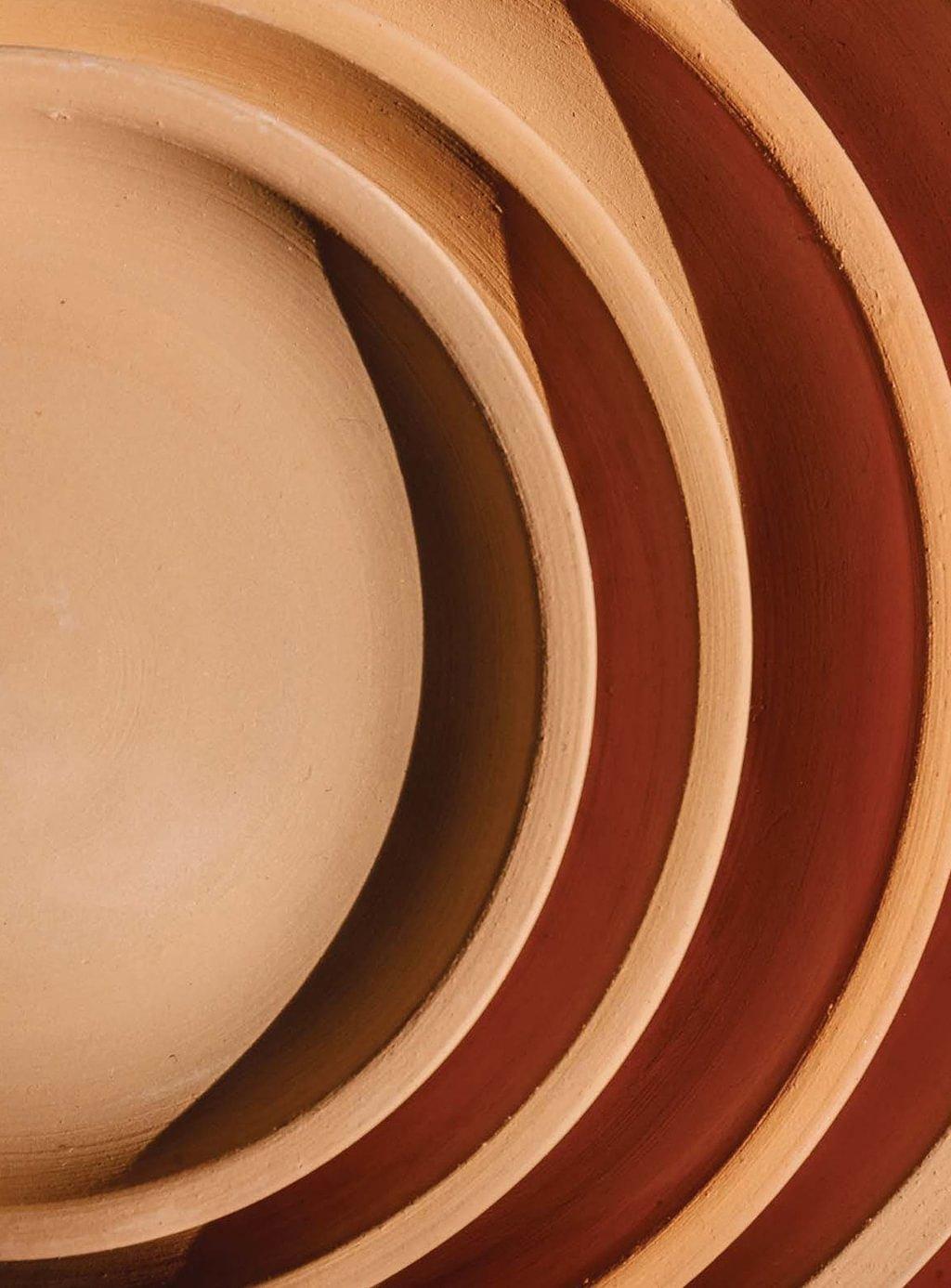
It’s not just a trend; using North American native plants is increasingly the no-brainer solution for lowering garden maintenance, with the added benefit of supporting critical biodiversity. Nothing beats something that’s already at home where you garden and can therefore handle your local climate’s ups and downs.
In the least, locally native plants make things easier, and what gardener doesn’t want some things done easier? Access to such species keeps improving, too, making it easier (there’s that great word again) to apply this eco-conscious effort to nearly any garden.
However, for many who live in apartments or condos, or for those contemplating a space with poor conditions for in-ground planting, cultivating a wildlife garden may seem impractical or even out of reach. But that’s far from the truth. Can’t create a native border in-ground? No problem: Use pots! Growing perennials and even hardy shrubs in pots has long been a practical answer for gardeners short on space or often on the move, and believe it or not, it can be more cost-effective over time. Most North American native perennials are no exception to this method. All it takes is matching three “rights”: the right plant, the right pot, the right potting mix.
IN FULL SUN
Patios, decks or porches with six or more hours of direct sun can be a real scorcher, literally. Choosing native plants that enjoy bright light and dry conditions seems like an easy, straightforward fix here. However, most drought-tolerant, sun-worshipping native species tend to dislike excess moisture. In containers, they’ll need ample drainage holes and well-draining potting mixes for success.
Terra-cotta and other clay pots naturally wick away excess moisture and insulate plant roots against temperature swings, so they are often the best choice for these species. Treated concrete and higher-quality plastic pots with plenty of drainage